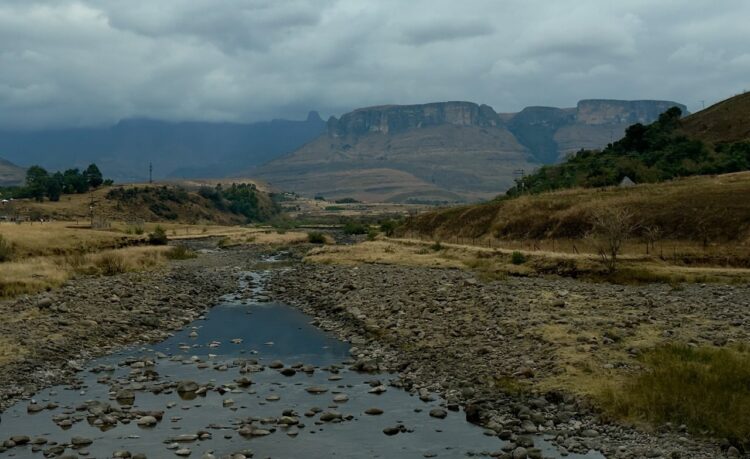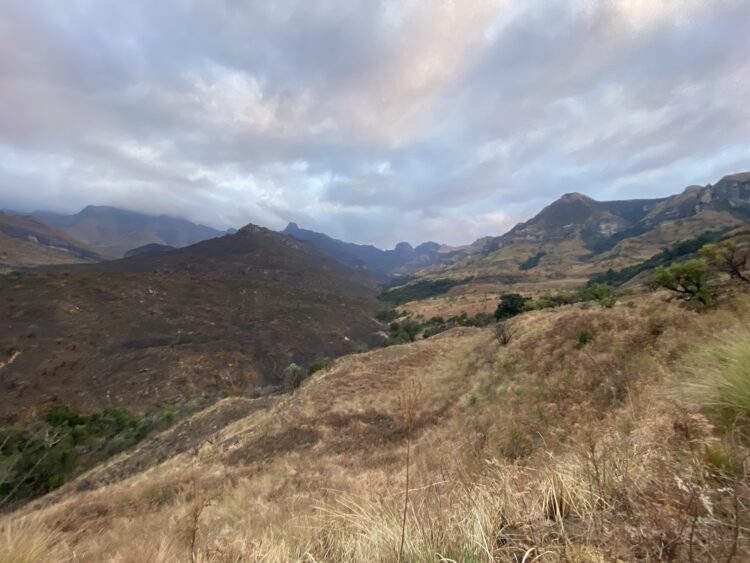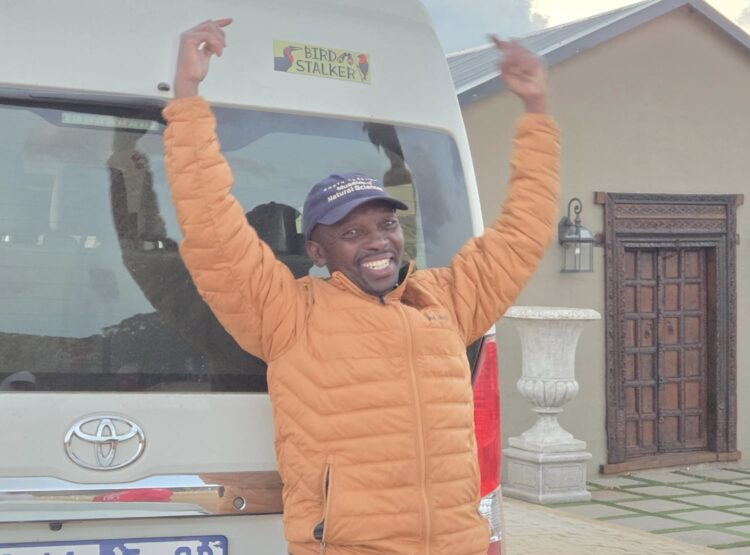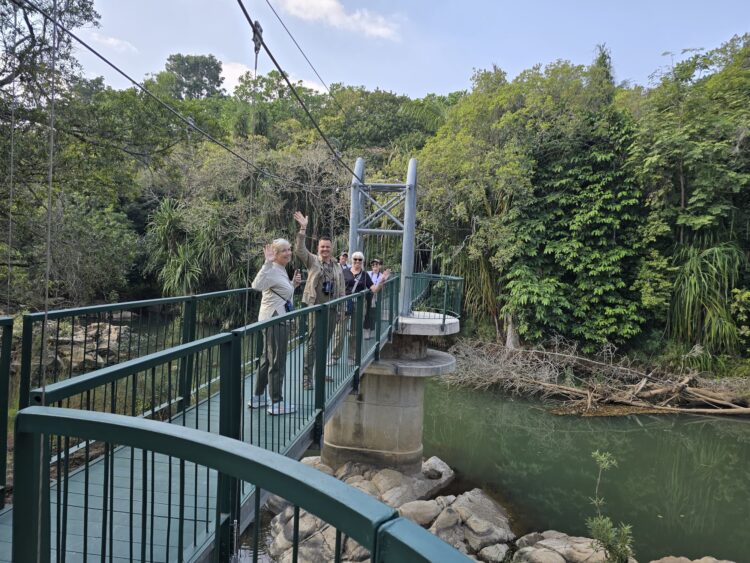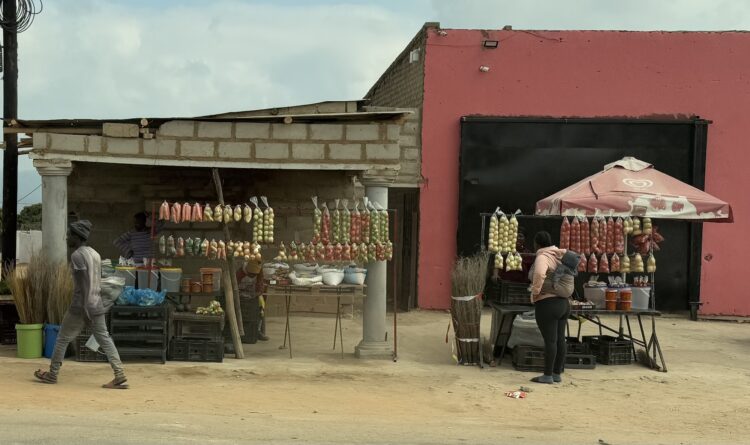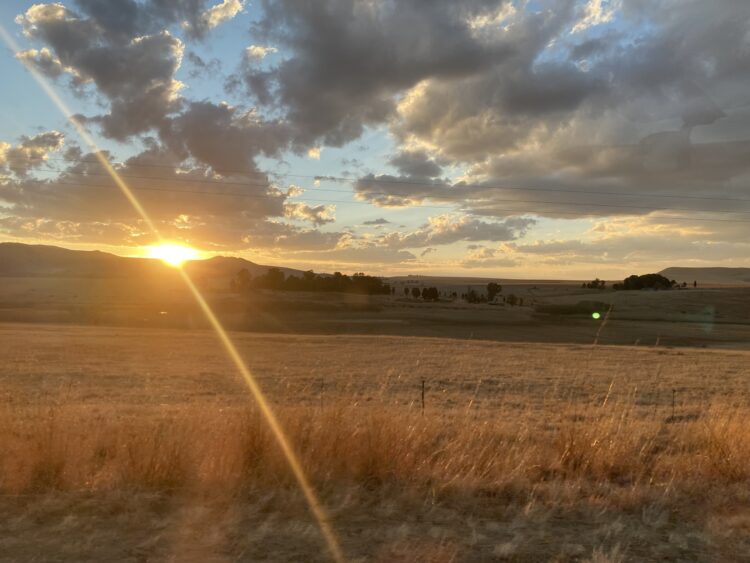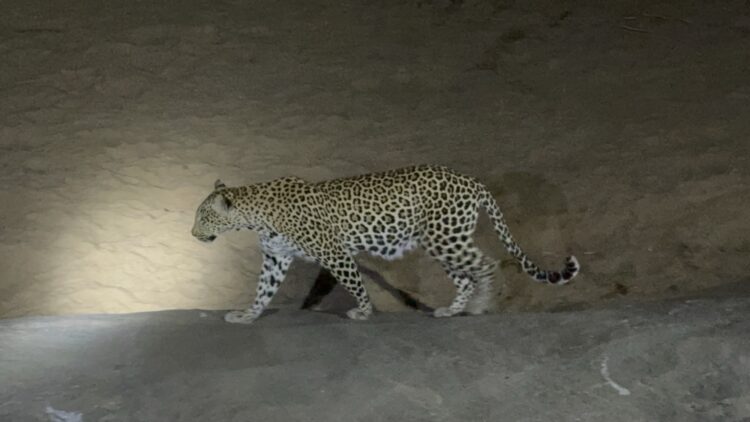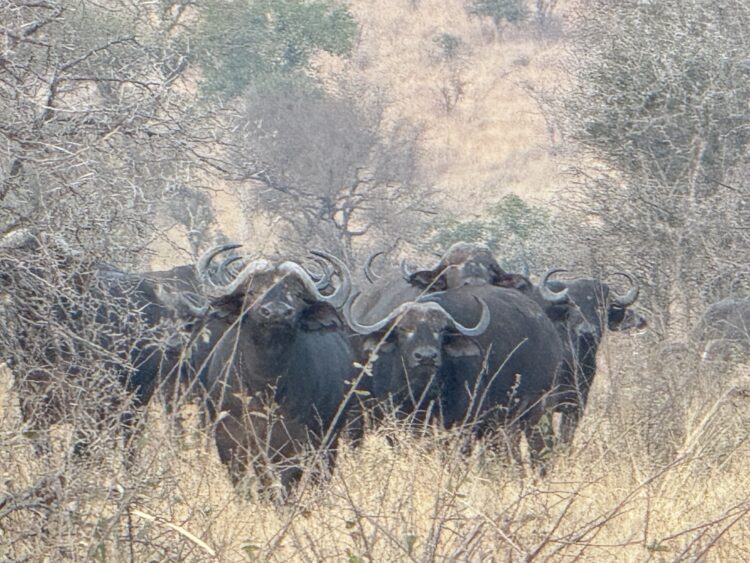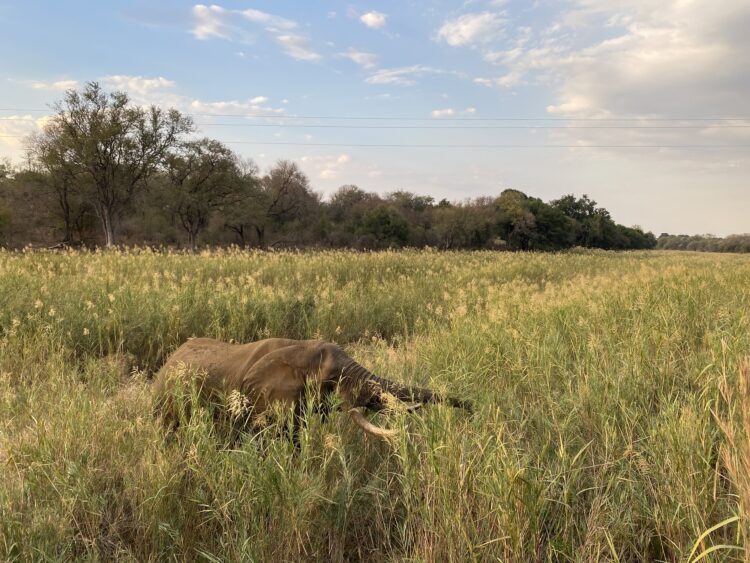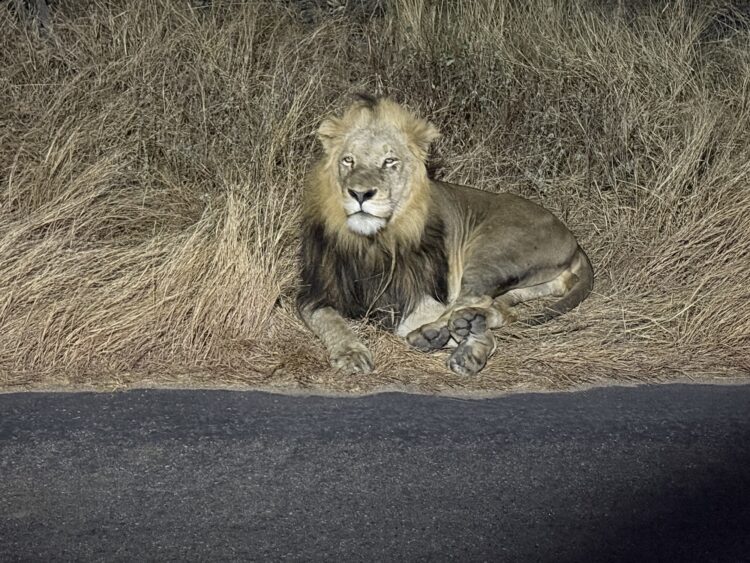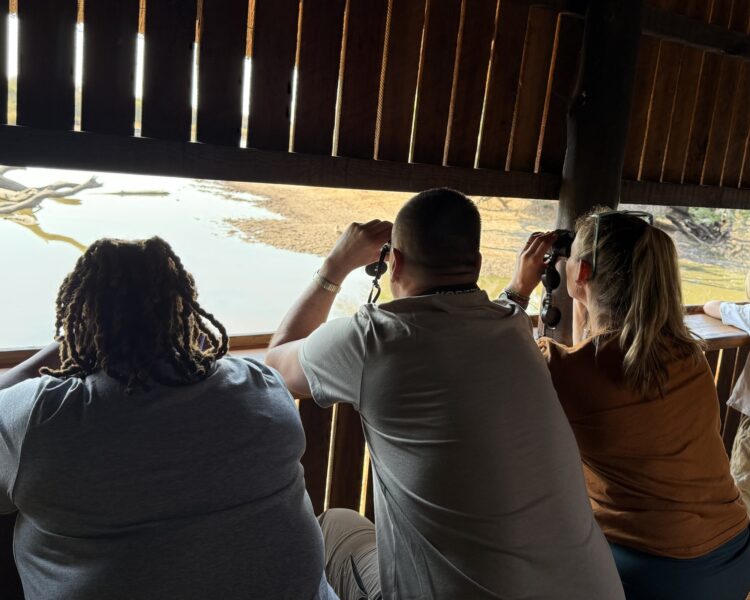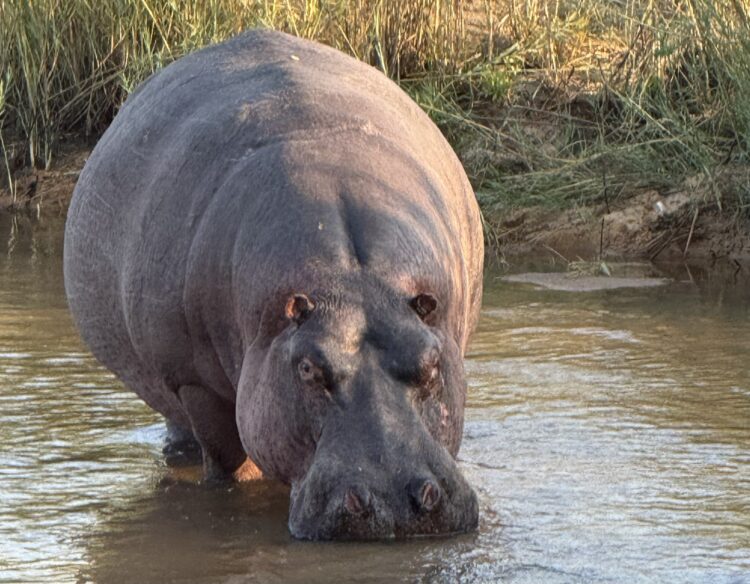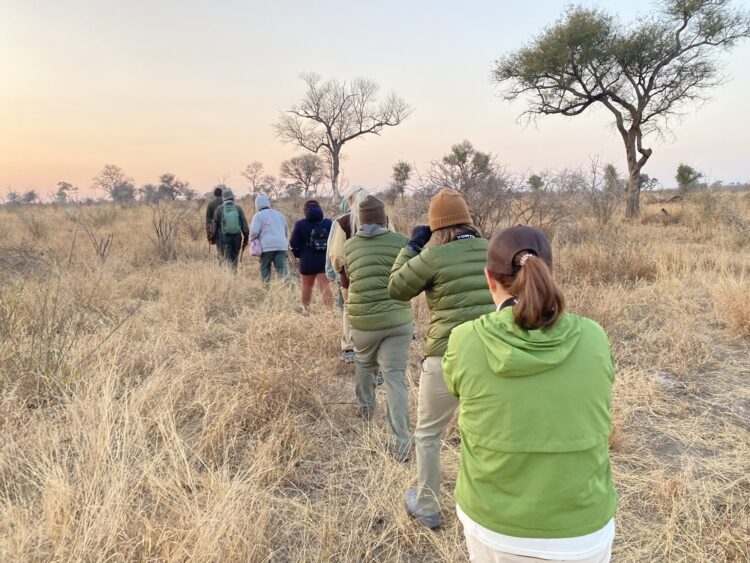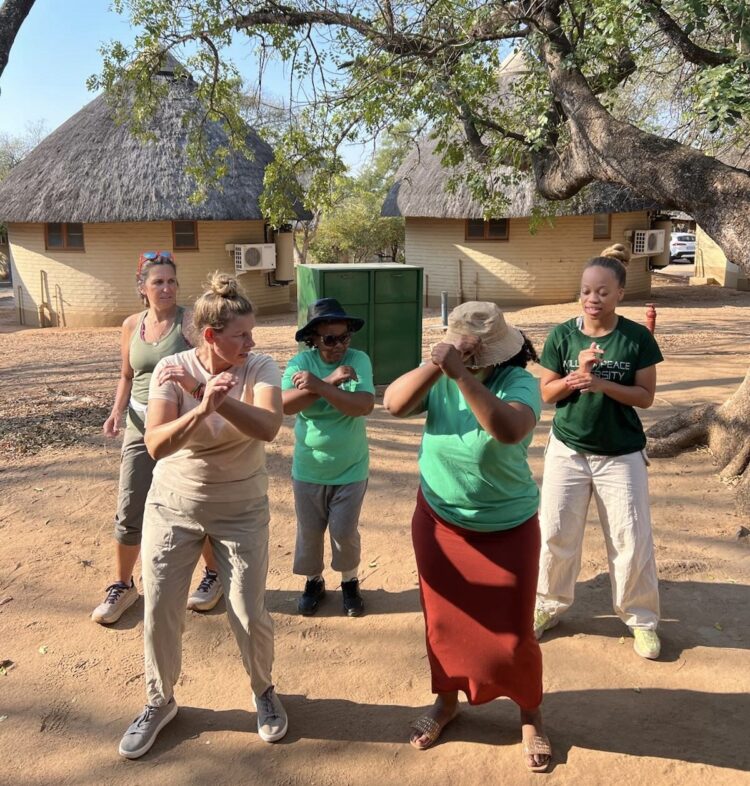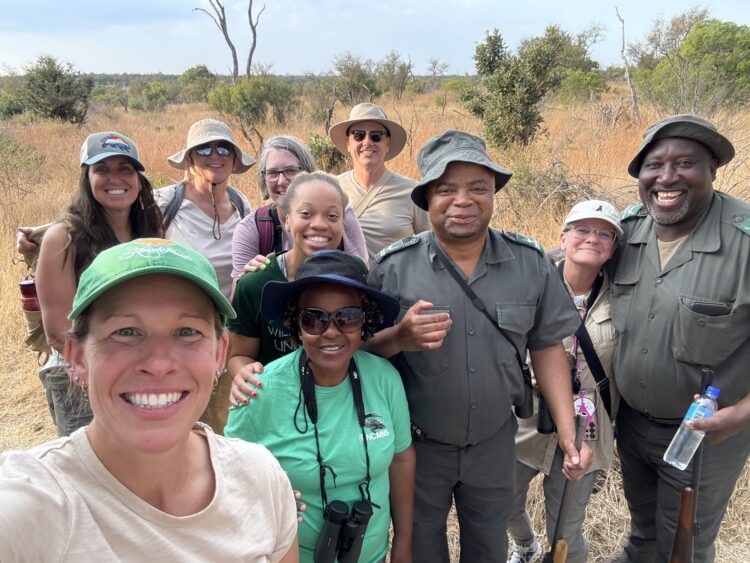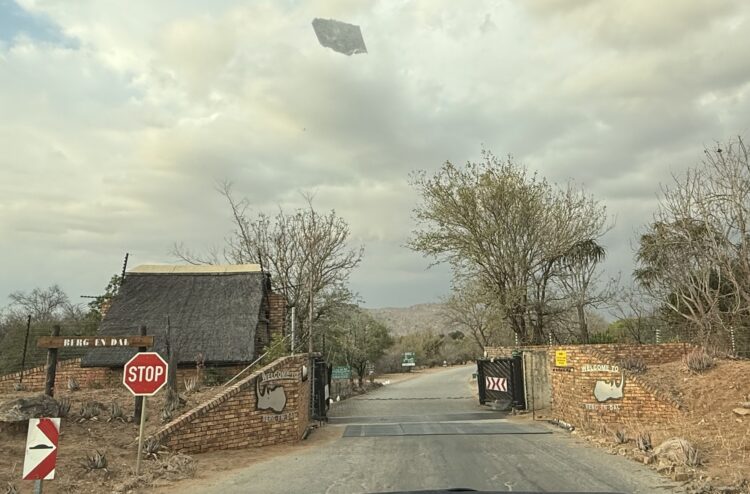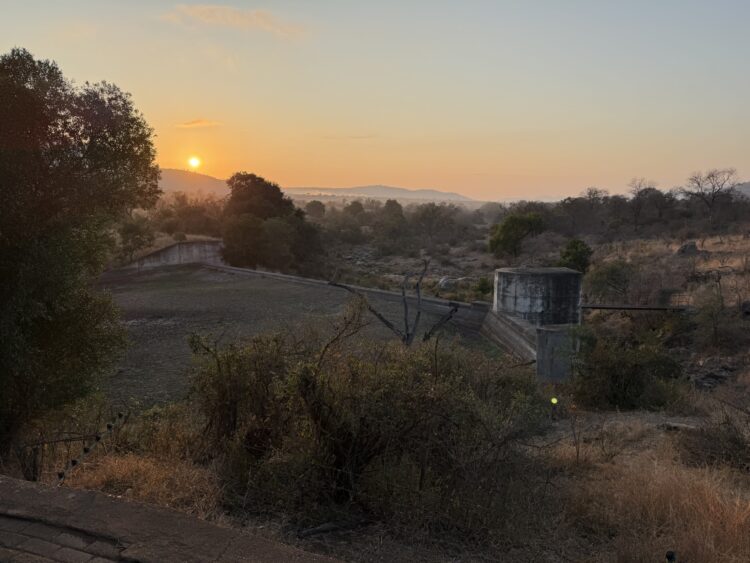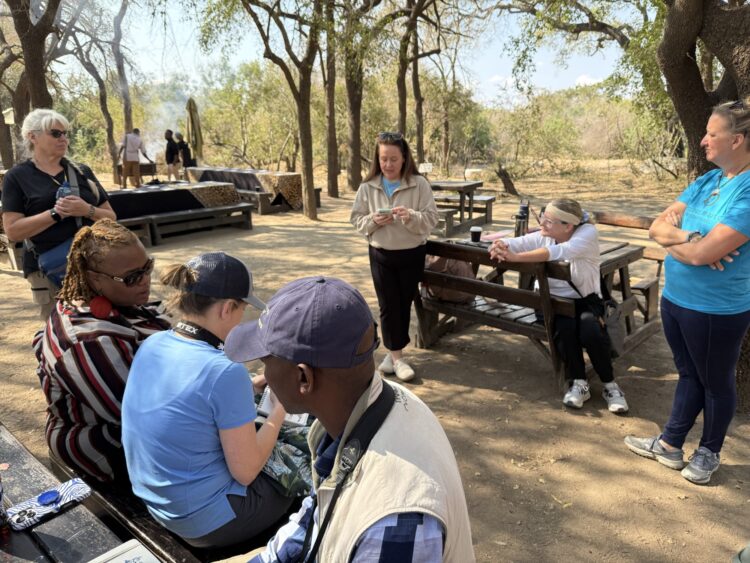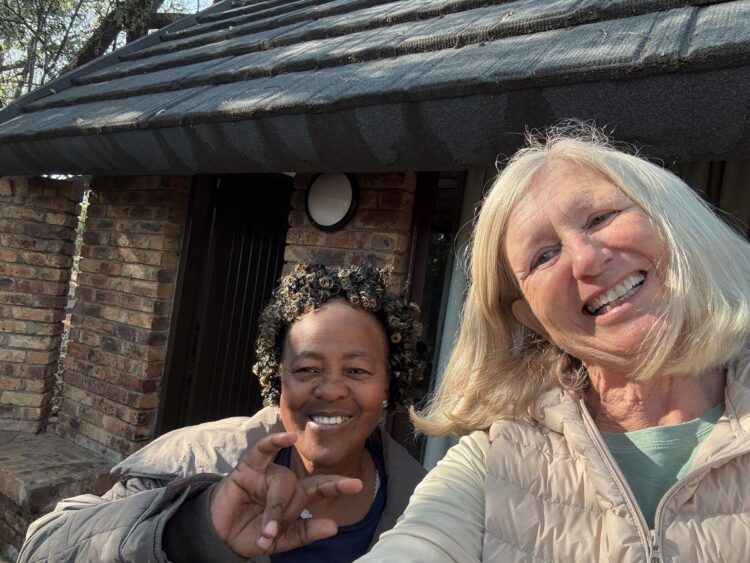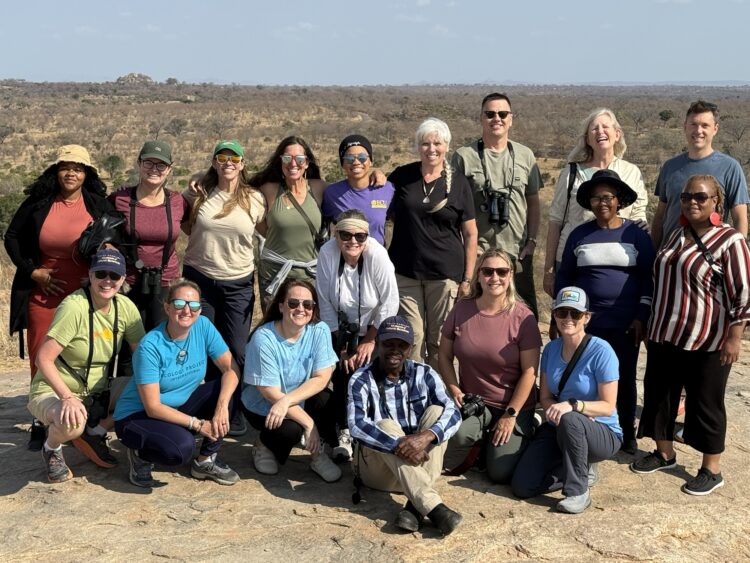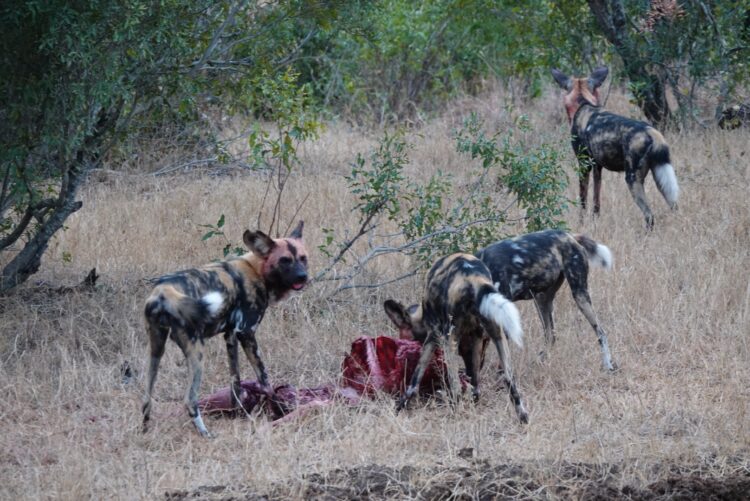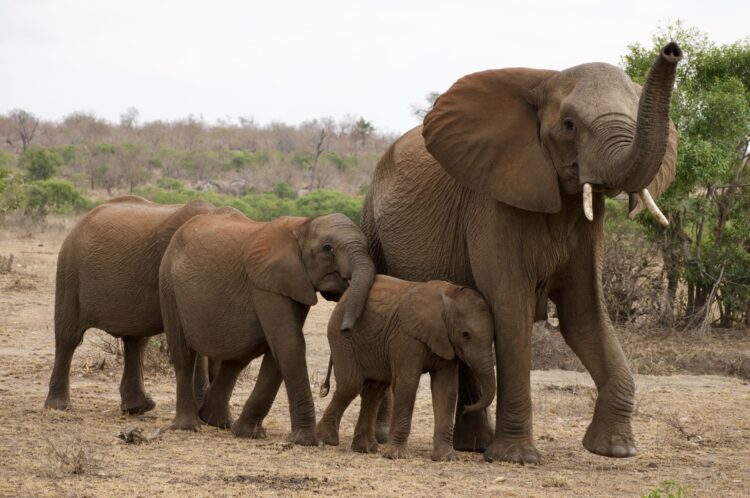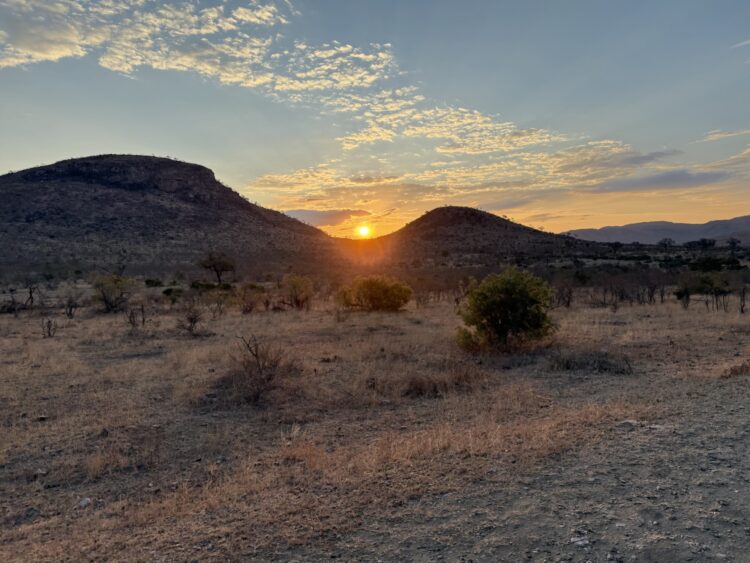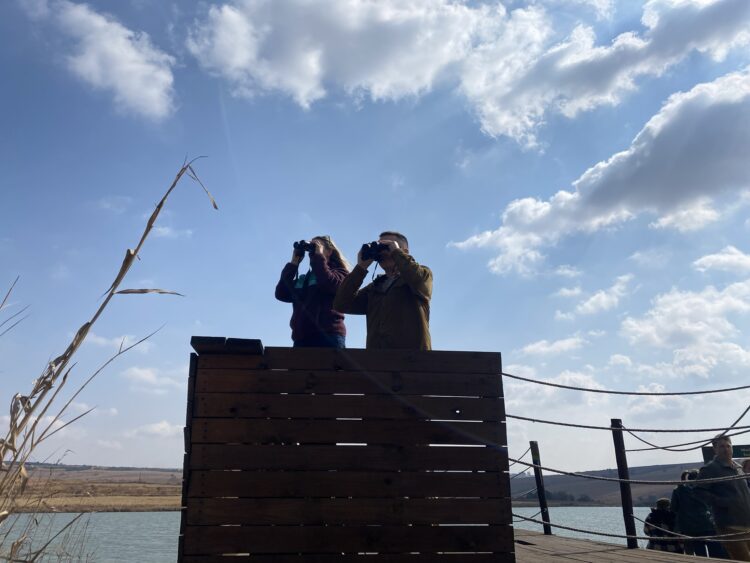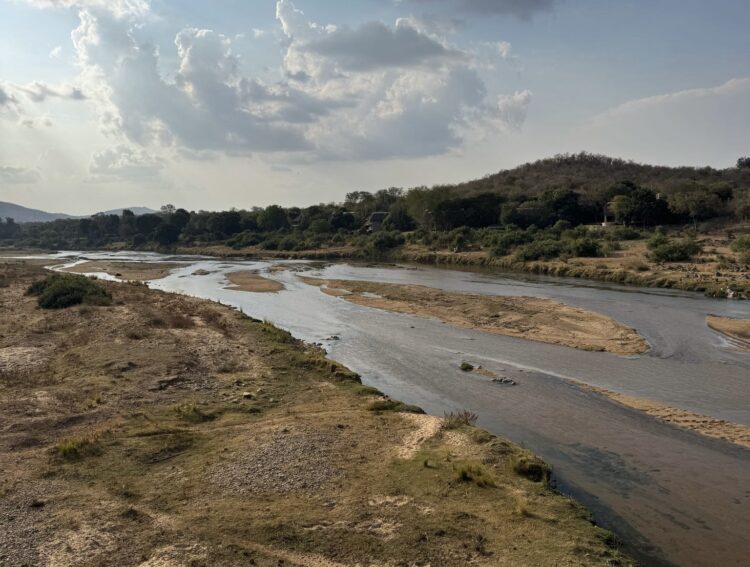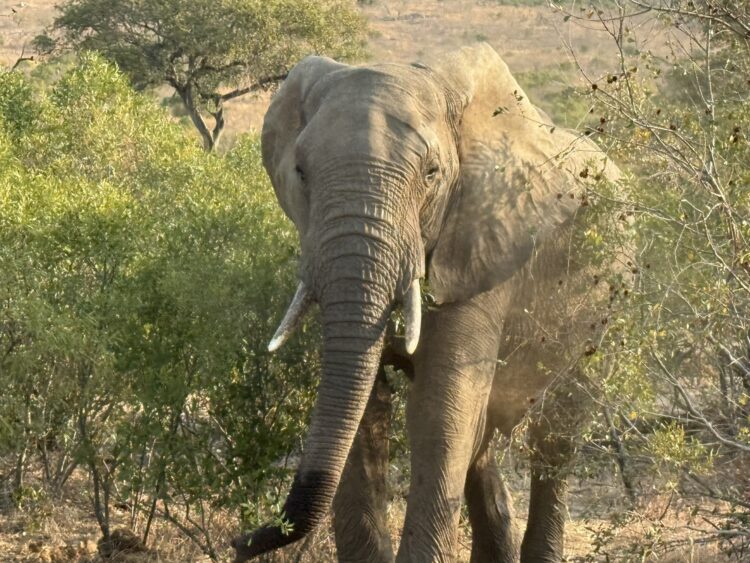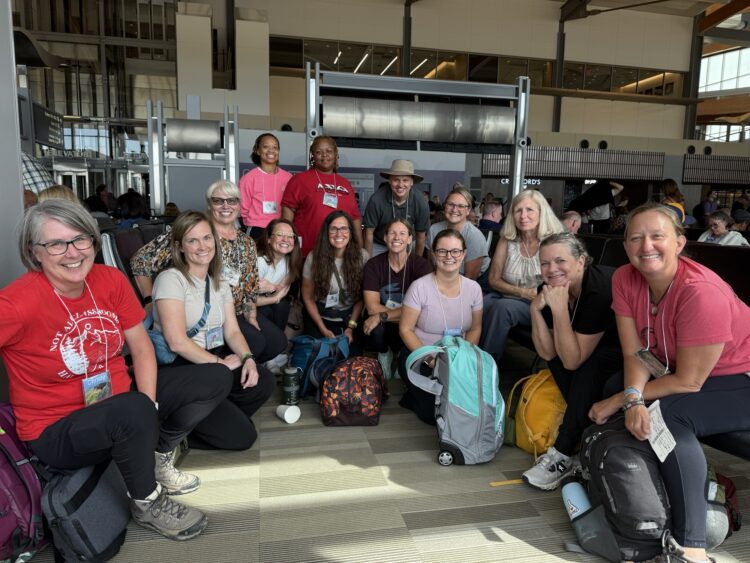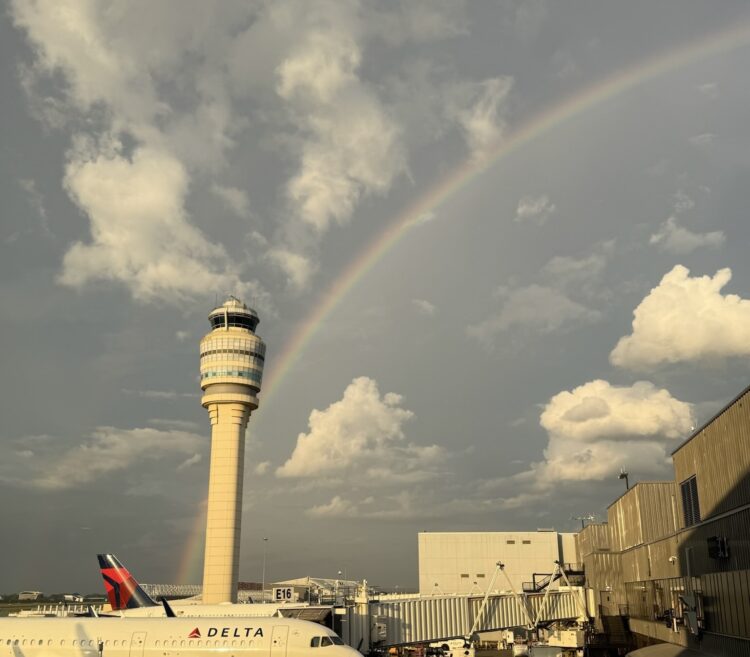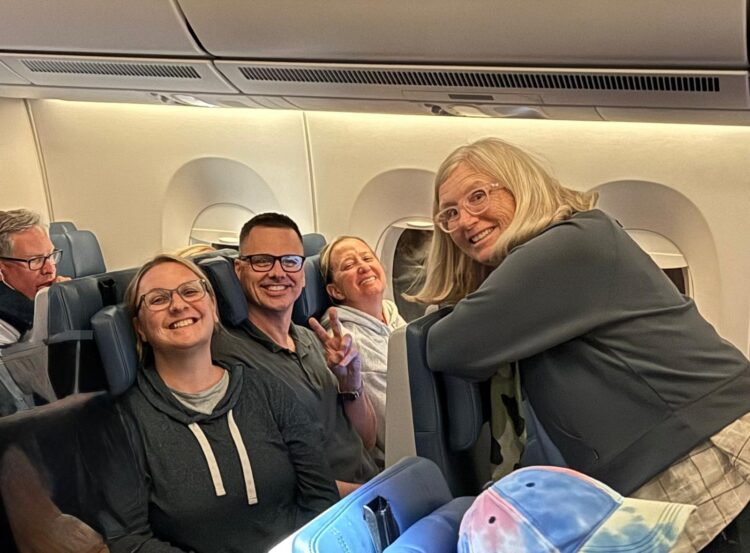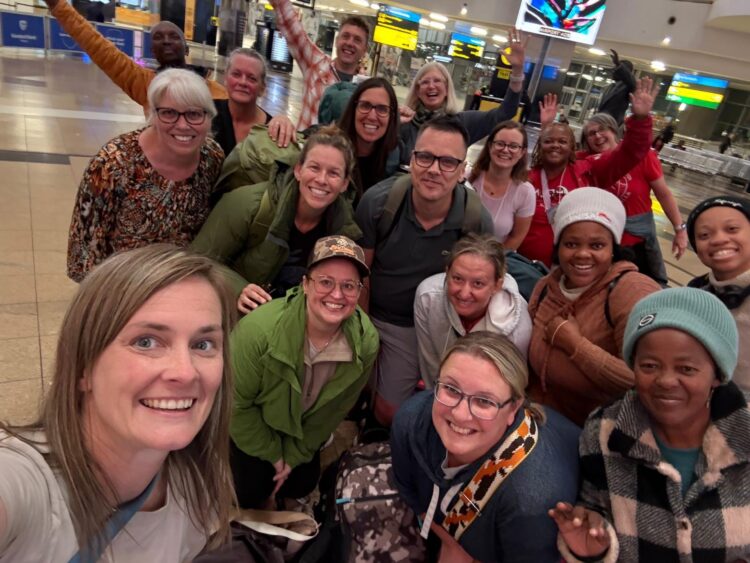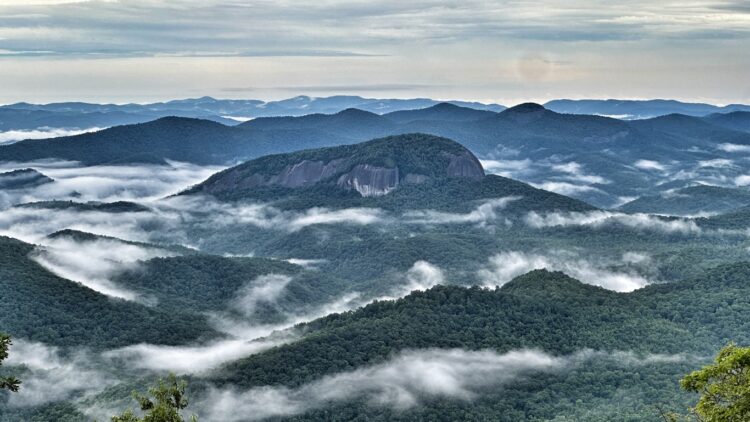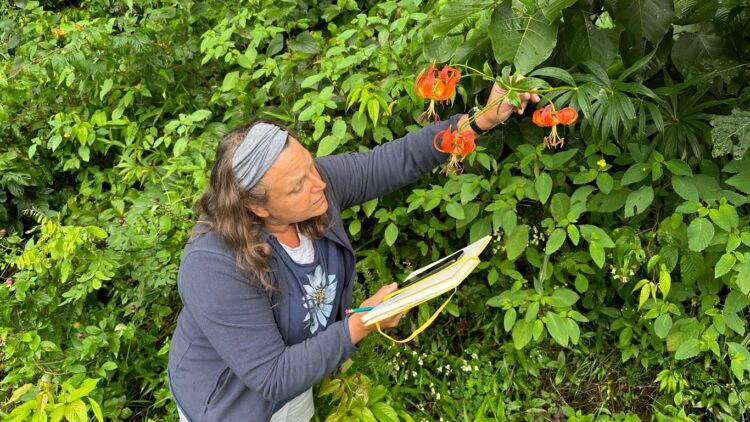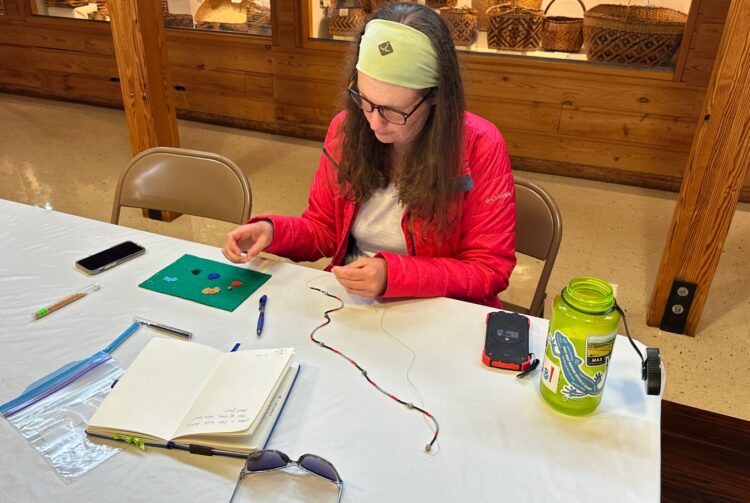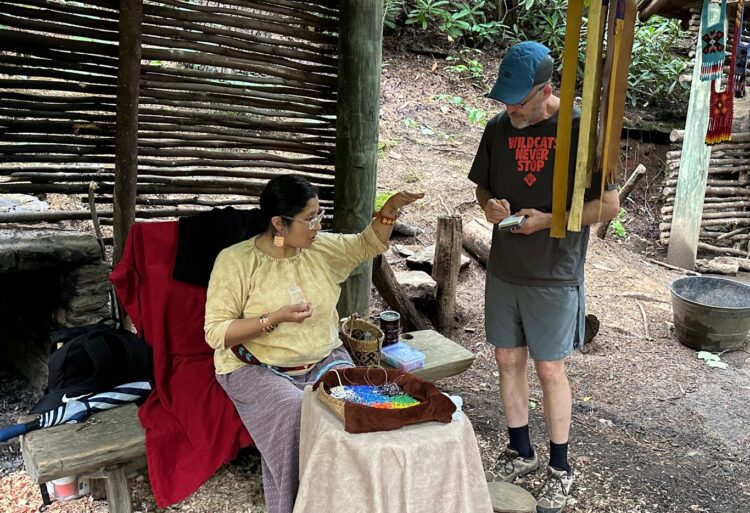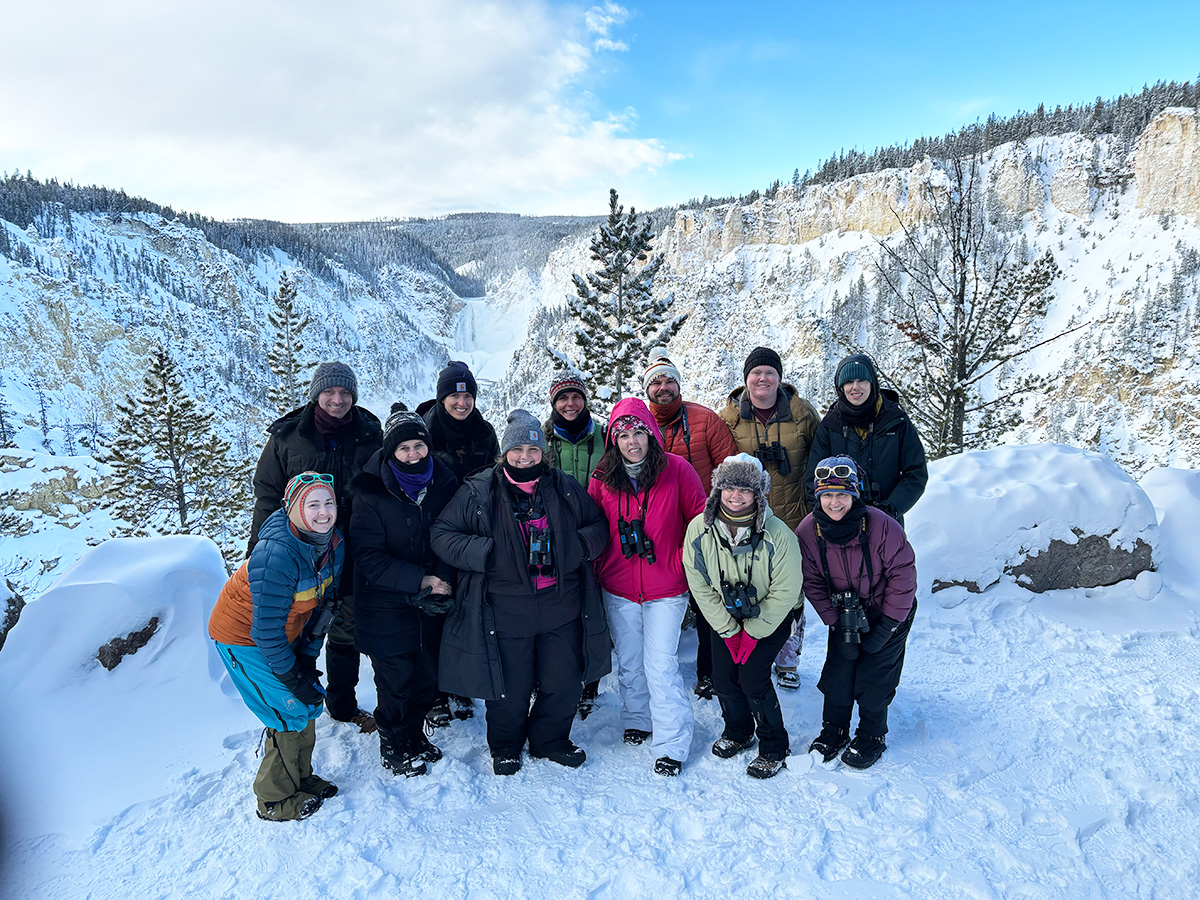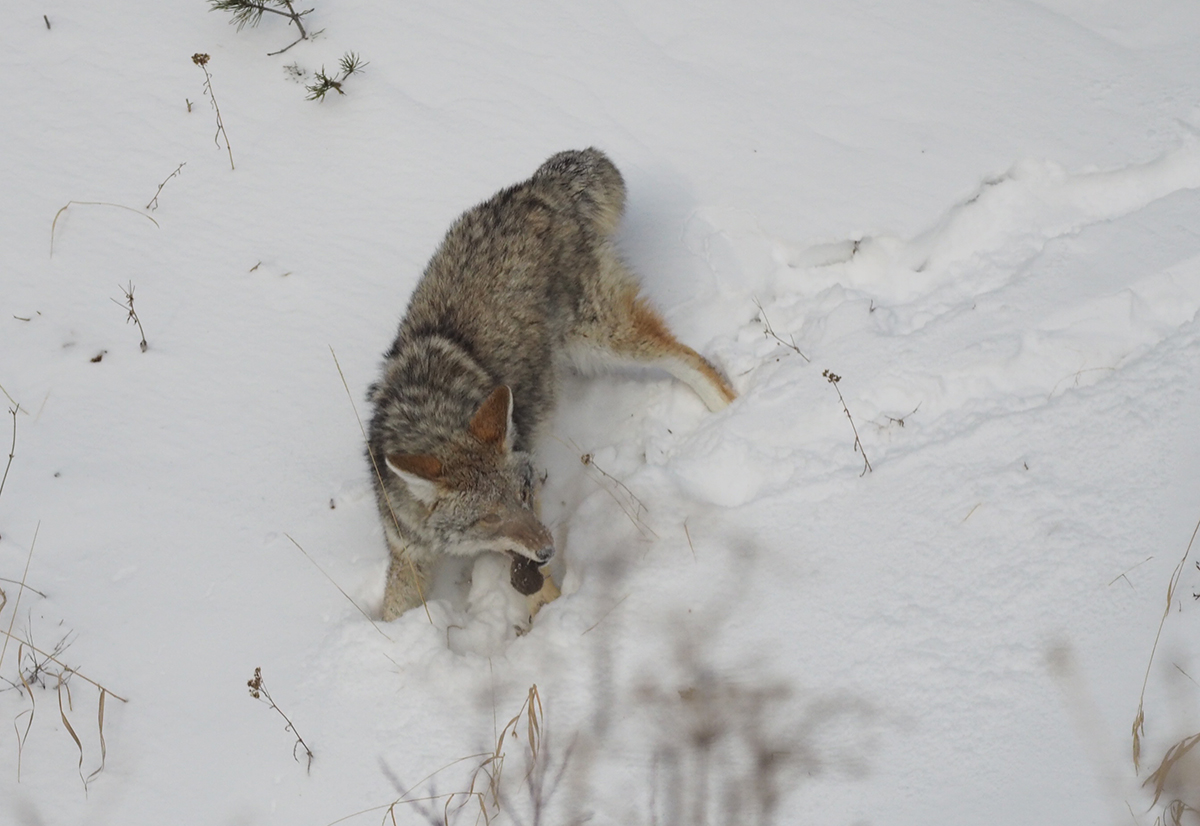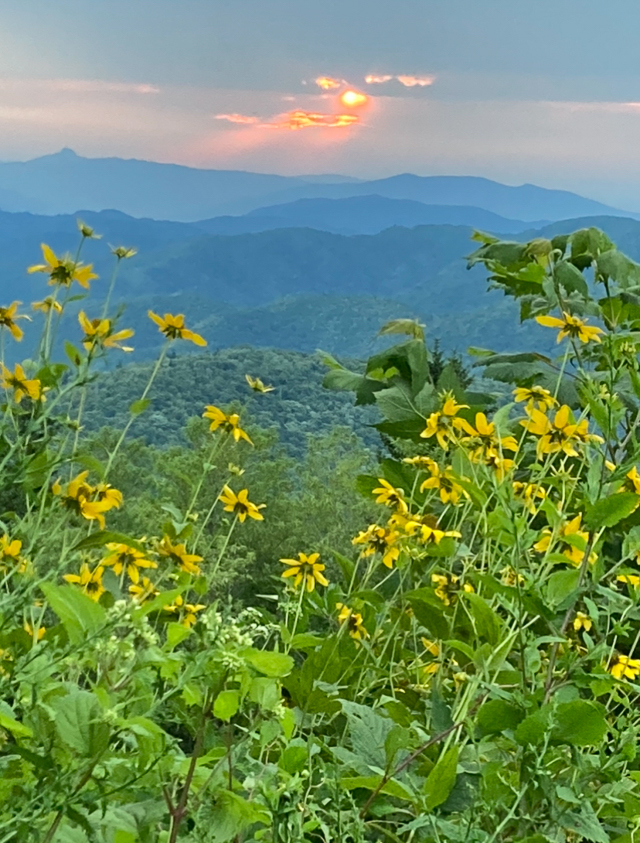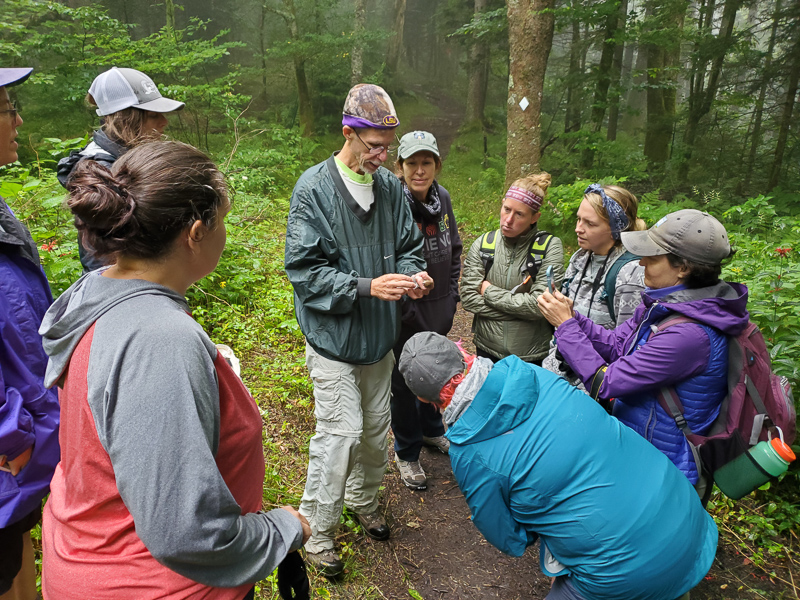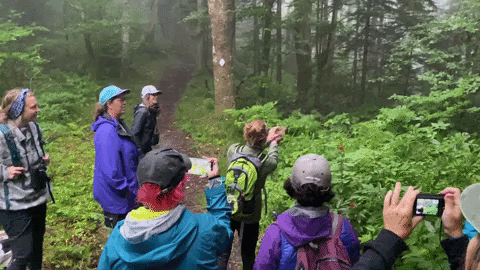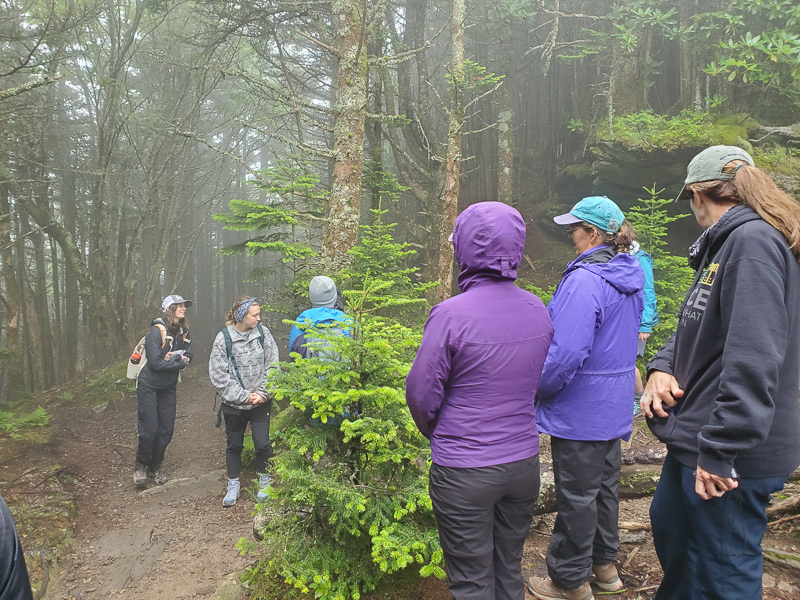“The People are the Key”
July 27, 2025 - 0 Comments
You would think that a travel day where we drive 180 miles with a midday stop at a mall wouldn’t fuel a good blog… but our experiences today have been so impactful on us all. Our field guide, David, started our morning with a bird tour. It filled us with immense joy seeing him so enthusiastic and giddy as the sun slowly rose over the wetlands and brought the wild to life.
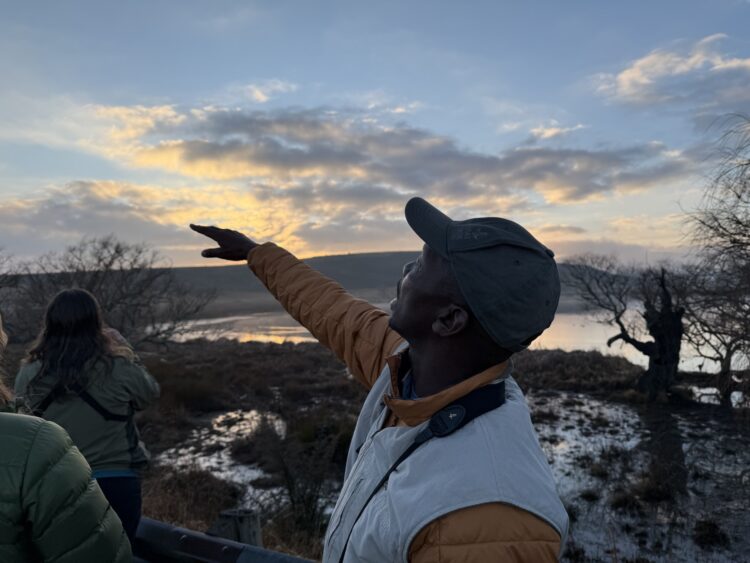
Best sightings of the morning were the blue cranes, South Africa’s endangered national bird. But a mob of meerkats who were trying to cross a busy road were the comedy crew. We watched eagerly as they raced towards the road, then abruptly stopped as one of them looked for a clear path across. Then a truck would come and they would scurry back to the mound before running back to the road to try again. Over and over this happened. We laughed so hard, and yet as they finally reached the other side, there was a sigh of relief and a testament to their perseverance.
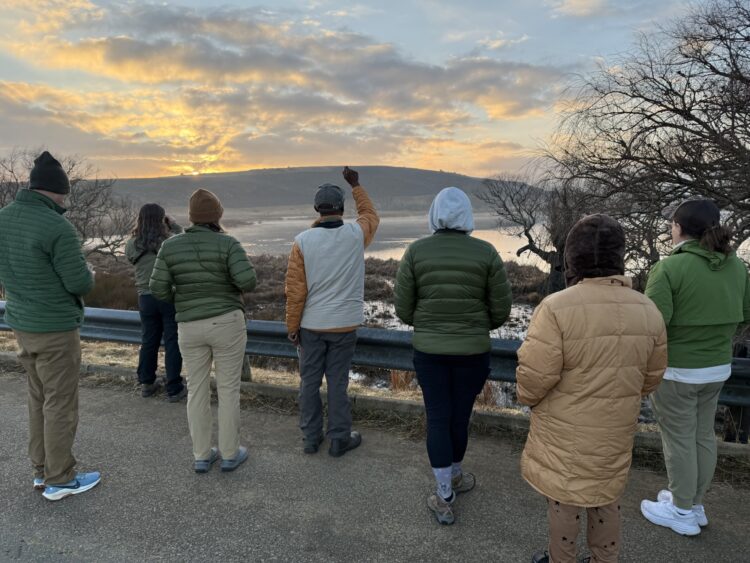
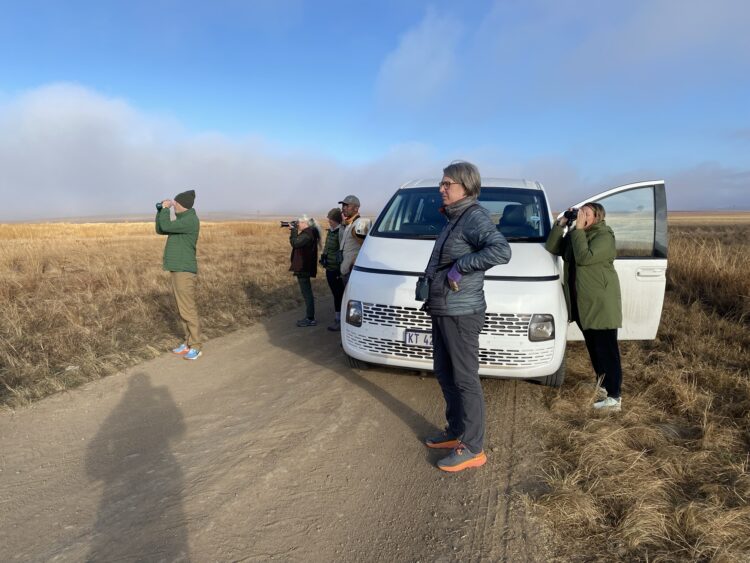
Wakkerstroom is David’s home; hearing his stories of buildings, people, and history not only gave us a sense of the local culture but also of the struggles and changes the people here have dealt with. It made us realize that our days at Kruger National Park didn’t fully immerse us in the full South Africa experience. There is poverty that challenges the daily lives of most of the people we saw today. Nelson Mandela said “poverty is not an accident. Like slavery and apartheid, it is man-made and can be removed by the actions of human beings.”
Here the actions are occurring, but they are slow. The hills of shanties overlooking the government housing pulled at our hearts as we saw people hand-carrying water from community sources in order to have water in their homes. Yet we also saw a field of children happily playing football and children dancing in their backyards. The biggest lesson from today and our time in South Africa so far is that life’s joys come mostly from relationships and friendships, not from material things. Meeting Noma and Zinhle, the South African educators who have joined us for this journey, as well as David and Andrew, our South African guides, we have felt the heart of South Africa. Their friendships and sharing of their cultures have connected us. This has been very special for all of us.
We have been commenting that nothing could exceed the incredible experiences we have had so far, yet each day this trip continues to surprise and deliver special life-changing moments. Ending our day was no exception. The Drakensberg Mountains rose before us and then enveloped us as we arrived at Royal Natal National Park. We were in awe of the towering rocks we will explore more thoroughly tomorrow, yet standing outside our lodging and breathing in the crisp mountain air, there is a peace and timelessness here that is unlike anything we have ever experienced. It is a place where you can feel the pulse of the Earth, the rhythm of life that has been playing out for millions of years. What a trip it’s been!
